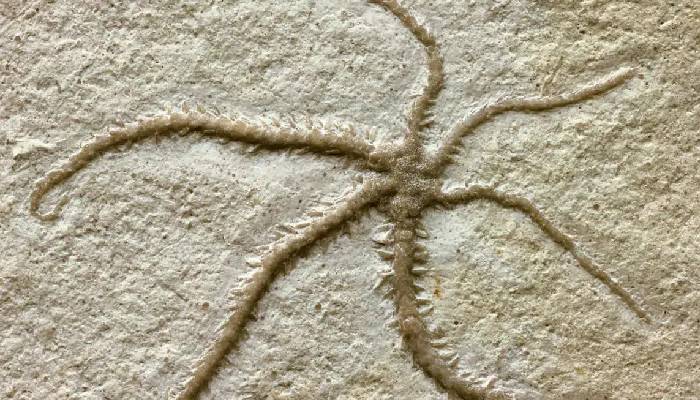
Scientists have made a remarkable discovery by finding a 155-million-year-old creature capable of cloning itself.
A recent study revealed that this starfish-like organism possessed six arms and the extraordinary ability to regenerate its body.
According to Science Alert, a unique fossil was discovered in 2018 within a limestone deposit located in Germany, formerly a deep lagoon abundant with coral meadows and sponge beds.
The researchers said this is the only known specimen of the new species of brittle star, which they have named Ophiactis hex.
While, the creature's clonal fragmentation enabled it to generate genetically identical offspring by breaking off portions of its own body and regenerating them, a process known as fissiparity.
Dr Ben Thuy, a palaeontologist at Luxembourg's Musee national d'histoire naturelle, wrote in the study, noting, "While the biology and ecology of clonal fragmentation are comparatively well understood, virtually nothing is known about the evolution and geological history of that phenomenon."
However, this finding is significant because scientists don't know exactly when fissiparity first appeared.
Meanwhile, the 155 million-year-old fossil is preserved so well that all hook-shaped arm spines are visible and was named after a magical supercomputer from Terry Pratchett's Discworld novels, known for its ability to think the unthinkable.
Dr Thuy further emphasised, "While skeletons of ophiuroids with individual arms frozen in the process of regeneration are relatively common in the fossil record, cases of individuals with a regenerating body half are exceedingly rare."
He further elaborate, "To the best of our knowledge, the specimen described in the present paper is only the second case known so far, and the first one for which regeneration seems indeed linked to six-fold symmetry and clonal fragmentation."








